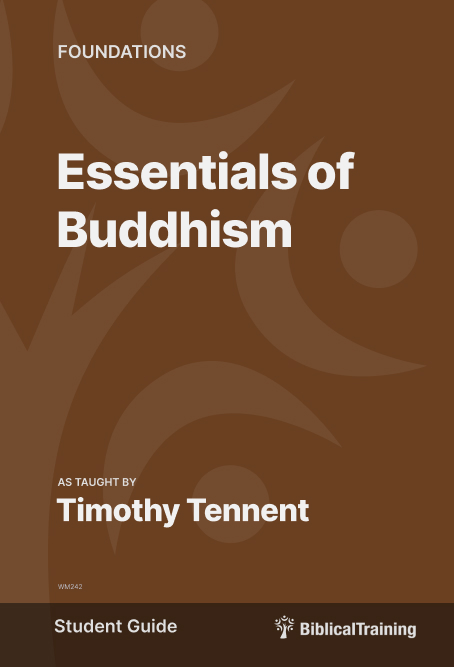Essentials of Buddhism
About This Class
This course covers the emergence of Siddhartha Gautama as the Buddha, marking the beginning of Buddhism. It examines how Buddhism evolved into a formal religion, expanding into three main branches: Therevada, Mahayana, and Vajranyana. The class reviews how Mahayana Buddhism has facilitated the development of various schools of thought or lineages within the tradition. Additionally, it discusses Vajranyana Buddhism, also known as Tibetan Buddhism, highlighting its unique characteristics and significance.
Recommended Reading:
Buddhist Priests Choose Christ, John R. Terry, published by Dawn Press, 1989
Christianity at the Religious Roundtable, Dr. Timothy Tennent
The Unexpected Way, Paul...
Timothy Tennent

Lessons
- 0% Complete
Discussion of the events surrounding the emergence of Siddhartha Gautama as the Buddha.
0% Complete - 0% Complete
Description of how Buddhism became a religion. It expanded into 3 branches, Therevada, Mahayana, and Vajranyana.
0% Complete - 0% Complete
Discussion of how Mahayana Buddhism has opened the door to different schools of thought or lineages of Buddhism.
0% Complete - 0% Complete
Discussion of Vajranyana Buddhism, which is also known as Tibetan Buddhism.
0% Complete
Class Resources
Recommended Books
Essentials of Buddhism - Student Guide
This course serves as a summary of the beliefs and practices of Buddhism by Dr. Timothy Tennent. There are four lessons that will introduce readers to a summary of the...
